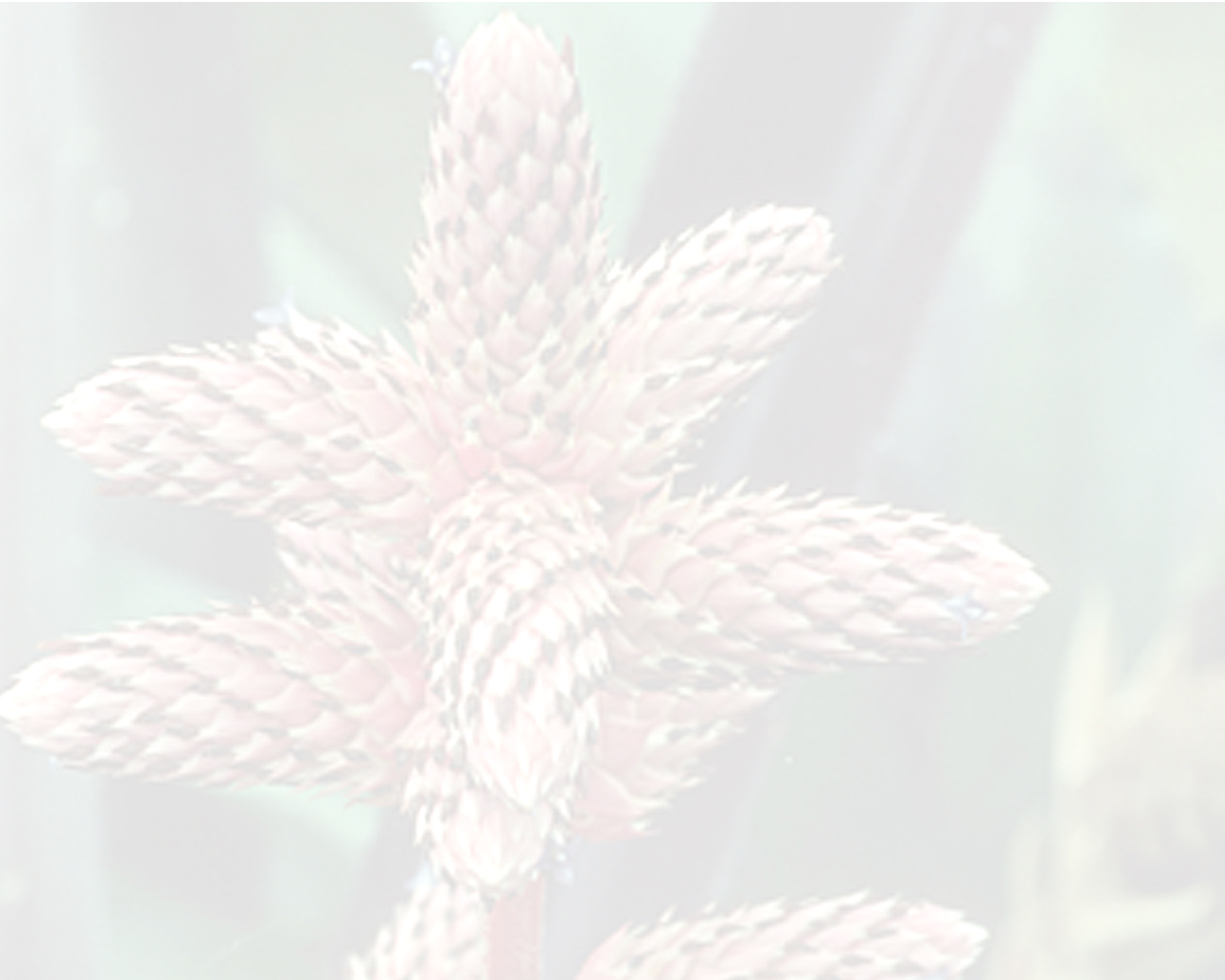


plant forming massive clumps. leaves rosulate, to 7 dm long, minutely and inconspicuously appressed-lepidote throughout, concolorous; sheath broadly elliptic but only a little wider than the blades; blade ligulate, broadly rounded and apiculate, 8–9 cm wide, entire or sparsely serrulate toward base. inflorescence: peduncle stout, white-flocculose, becoming glabrous with age; peduncle bracts erect, lanceolate, about twice as long as the internodes; fertile part once-branched, lax except at apex, 20–26 cm long, glabrous at least with age; primary bracts like the peduncle-bracts, shorter than the branches; stipe stout, flattened, the lowest 1–2 cm long; spikes ellipsoid to cylindric, 6–12 cm long, 20–25 mm in diameter; floral bracts broadly ovate, broadly acute with a mucro 2 mm long, to 2 cm long, exceeding the sepals, strongly nerved, stramineous when dry; adaxial sepals triangular with an acuminate inconspicuous wing, 12 mm long including the 1–2 mm mucro, short-connate. pistil: ovary compressed, alate continuous with the keels of the adaxial sepals.Edited from (20-02-2013): Smith & Downs 1979. Bromelioideae (Bromeliaceae) in Flora Neotropica.